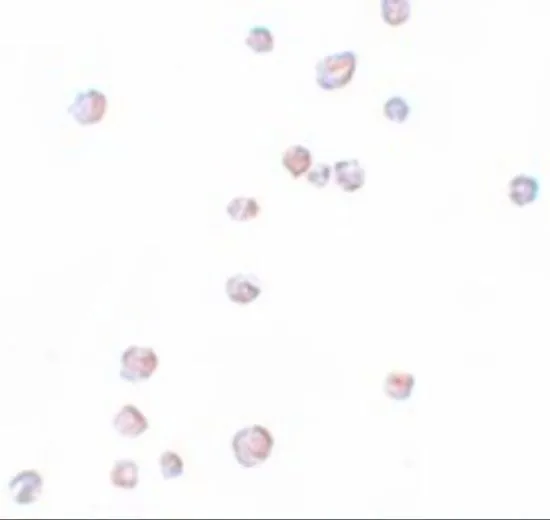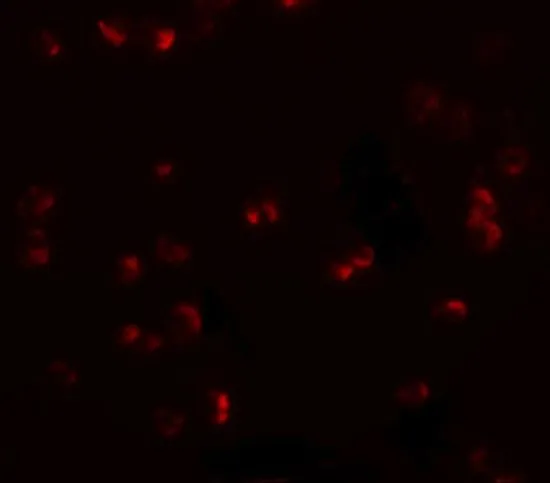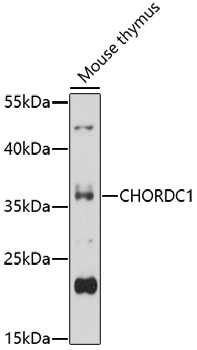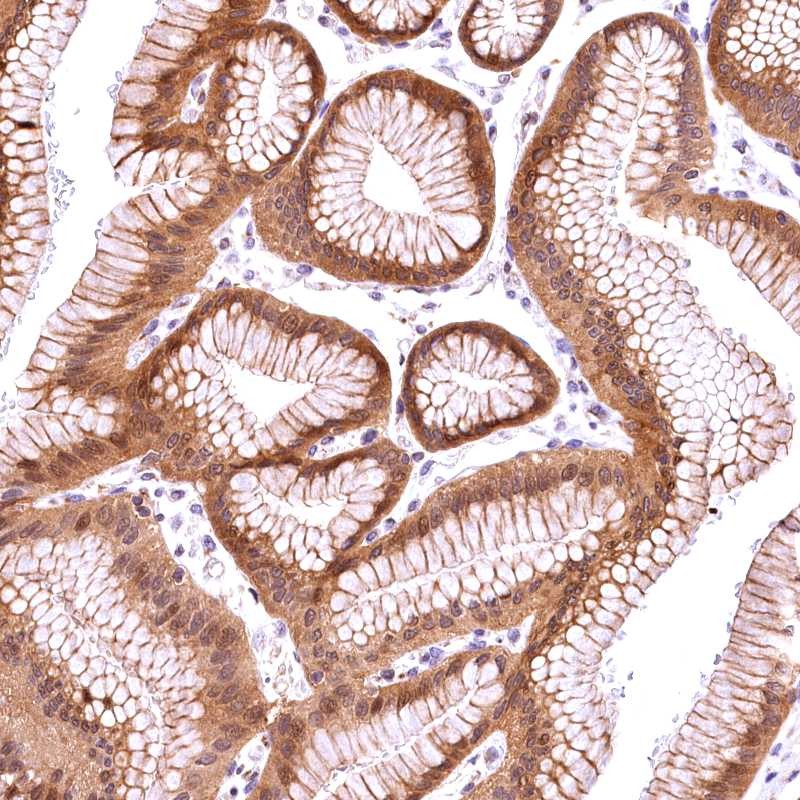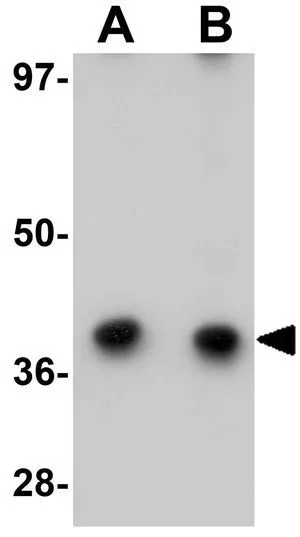
WB analysis of 293 cell lysate using GTX85209 CHORDC1 antibody. Working concentration : (A) 1 and (B) 2 microg/ml
CHORDC1 antibody
GTX85209
ApplicationsImmunoFluorescence, Western Blot, ELISA, ImmunoCytoChemistry
Product group Antibodies
TargetCHORDC1
Overview
- SupplierGeneTex
- Product NameCHORDC1 antibody
- Delivery Days Customer9
- Application Supplier NoteWB: 1 - 2 microg/mL. ICC/IF: 2.5 microg/mL. *Optimal dilutions/concentrations should be determined by the researcher.Not tested in other applications.
- ApplicationsImmunoFluorescence, Western Blot, ELISA, ImmunoCytoChemistry
- CertificationResearch Use Only
- ClonalityPolyclonal
- Concentration1 mg/ml
- ConjugateUnconjugated
- Gene ID26973
- Target nameCHORDC1
- Target descriptioncysteine and histidine rich domain containing 1
- Target synonymsCHP1, cysteine and histidine-rich domain-containing protein 1, CHORD-containing protein 1, CHP-1, chord domain-containing protein 1, cysteine and histidine-rich domain (CHORD) containing 1, cysteine and histidine-rich domain (CHORD)-containing, zinc-binding protein 1, morgana, protein morgana
- HostRabbit
- IsotypeIgG
- Protein IDQ9UHD1
- Protein NameCysteine and histidine-rich domain-containing protein 1
- Scientific DescriptionThe cysteine and histidine-rich domain (CHORD)-containing protein (CHORDC1) is a member of a highly conserved protein family that contains the plant protein RAR1 and the mammalian protein melusin. In mammals, CHORDC1 is an ADP-dependent HSP90-interacting protein, and this interaction is dependent on the ability of HSP90 to bind nucleotides. Recent experiments indicate that CHORDC1 mRNA is diurnally regulated in mouse hypothalamus, and that this regulation alters during development, suggesting that CHORDC1 may play a role in circadian mechanisms in the mammalian brain.
- Storage Instruction-20°C or -80°C,2°C to 8°C
- UNSPSC12352203

